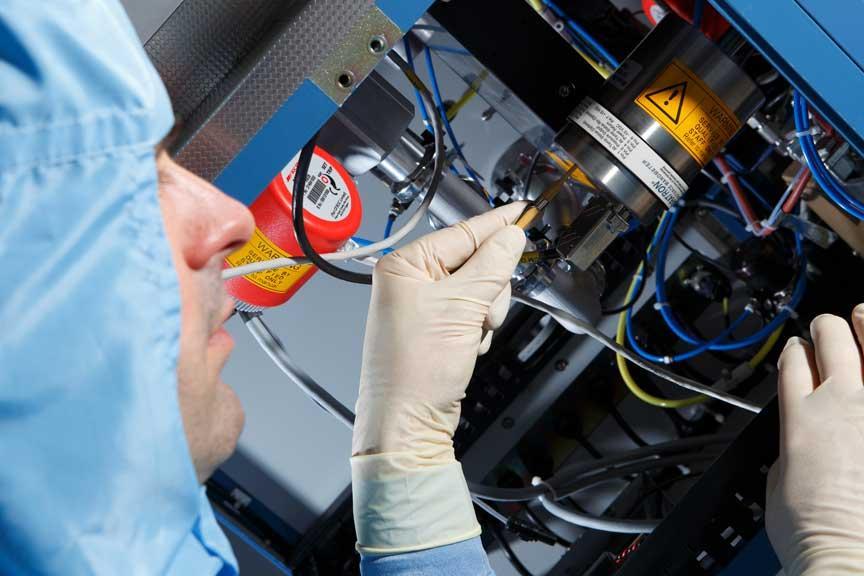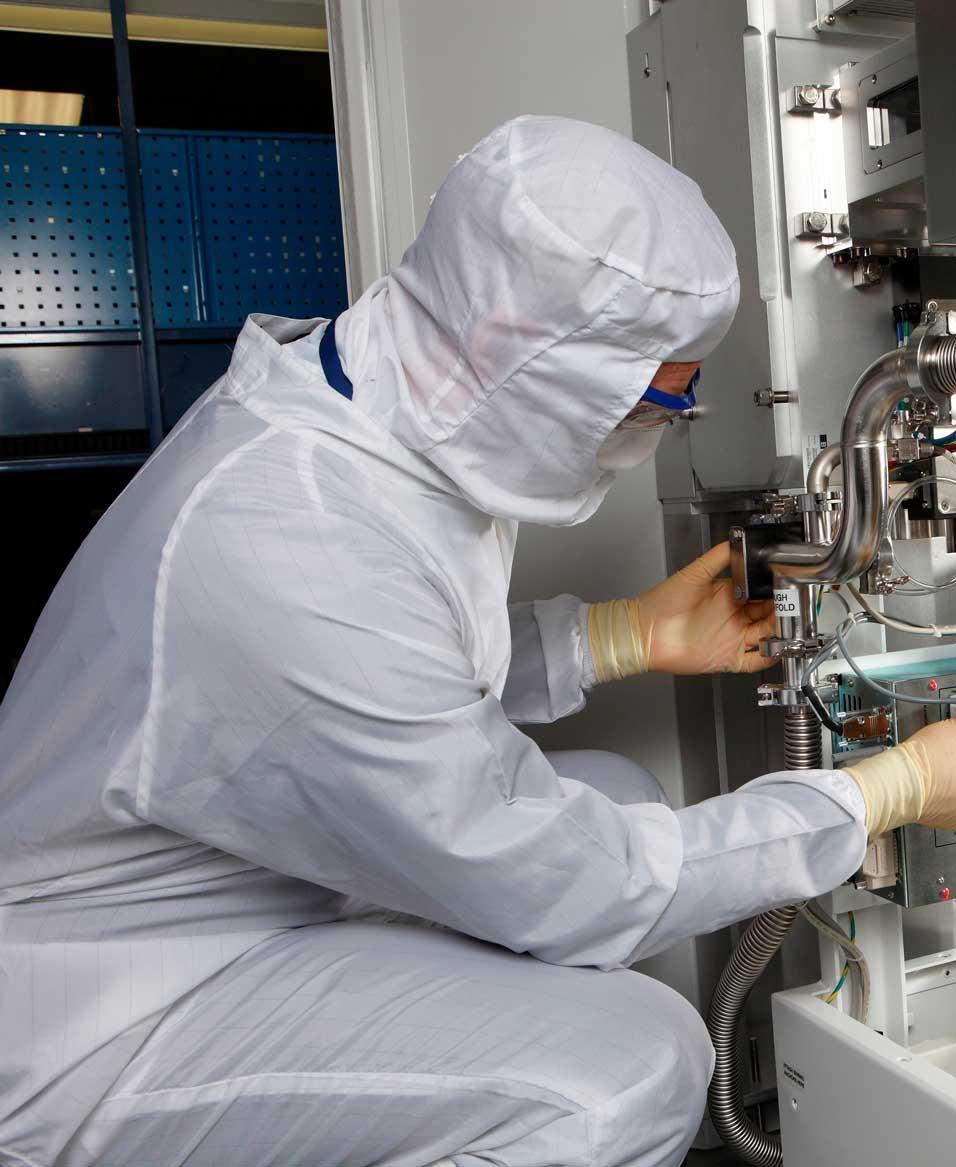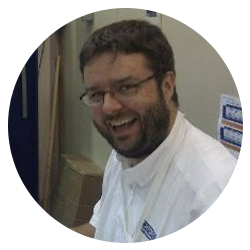 Part of the Oxford Instruments Group
Part of the Oxford Instruments Group
Expand
Collapse
“…we consistently deliver on our four main tasks of implementing preventative maintenance, problem-resolution, upgrade installations, and new system commissioning…”
As Oxford Instruments Plasma Technology’s Field Service Engineer Team Leader for Europe, the Middle East and Africa (EMEA), I’m responsible for six of the firm’s field service engineers.
In the 26 years I’ve worked for Oxford Instruments, I’ve developed an in-depth understanding of the full range of our high-technology systems. I don’t like to describe myself as a specialist because I work across the full range of our etch and deposition platforms, but it’s true to say that I’ve gained especially strong knowledge of our ion beam and ALD/ALE platforms.
The service engineers I lead are incredible professionals, with a clear focus on - and dedication to - solving any issues that our customers experience in the field, whether it’s in laboratories, fabs, or high-volume manufacturing sites.
Our team is packed with knowledge and experience, prized assets for delivering effective solutions, fast. With my hand on my heart, and with pride, I can honestly say that we consistently deliver on our four main tasks of implementing preventative maintenance, problem-resolution, upgrade installations, and new system commissioning.

In this article, I focus on our problem-resolution work, using a case study to give a flavour of the ways in which our engineers and other experts help resolve the inevitable operational issues that arise in the field from time to time.
Our problem-resolution work often involves multiple challenges, not least the pressure of customers requiring effective and prompt resolutions to very bespoke operational issues. Our engineers consistently rise to these challenges. An excellent case study of our problem-solving capabilities involves a customer that was experiencing random water leaks. Whilst inspecting the system on-site, small pin holes appeared to have developed in the system’s coolant delivery lines, near the electrode fittings. After replacing the pipes, I replenished the chiller fluid to evaluate the circuit and ran a plasma process. I informed the customer of what I had done and returned the system to the customer for process runs. Some four weeks later, the customer reported a repeat of the same problems. It was clear that something abnormal was happening because this was an unusual issue. I therefore decided to refer this case to our escalation team. During the first escalation team meeting, I was asked what processes were running, which fluid was being used, and to clarify if anything extraordinary had taken place on-site over the past 2-3 years. I could think of nothing out of the ordinary, even comparing this case to other customers with similar system running similar processes. In fact, this customer had three systems with the same configuration, with all three systems running the same process, but the water leaks were affecting only one system.
So, our escalation team used an 8D problem solving tool to develop multiple actions aimed at identifying the potential root cause. Our team agreed that one possible reason involved the use of a single chiller to cool the turbo, RF generators, AMU, chamber, and electrode.
Following a further review, our escalation team figured-out that the turbo in the leaking system used a valve to control the turbo heater band, quickly proposing a theory that the high-power etch process with a high DC bias would track along the cooling lines. This meant that the turbo heating valve would be closed, resulting in RF arcing to the fitting near the electrode. To prove the theory, we installed a second chiller to control the electrode, with the original chiller providing cooling for the turbo, AMU, RF generator, and chamber. Following a field upgrade, the system was returned to the customer, who proceeded to run full production wafers.

Following a trial period, it was agreed that the customer would upgrade its remaining systems with dedicated chillers for the electrodes. All three systems subsequently achieved >96 per cent uptime. The customer was delighted with the results of our escalation team’s investigation because it solved the issue and resulted in improved process stability. As a result, our customer ordered additional new systems to meet the increased demand they were experiencing as a result of their improved device results. This case was a clear win for everyone, leaving our team with a genuine sense of pride and achievement.

Matthias Mathiszik
Field Service Engineer Team Leader for Europe, the Middle East and Africa (EMEA)